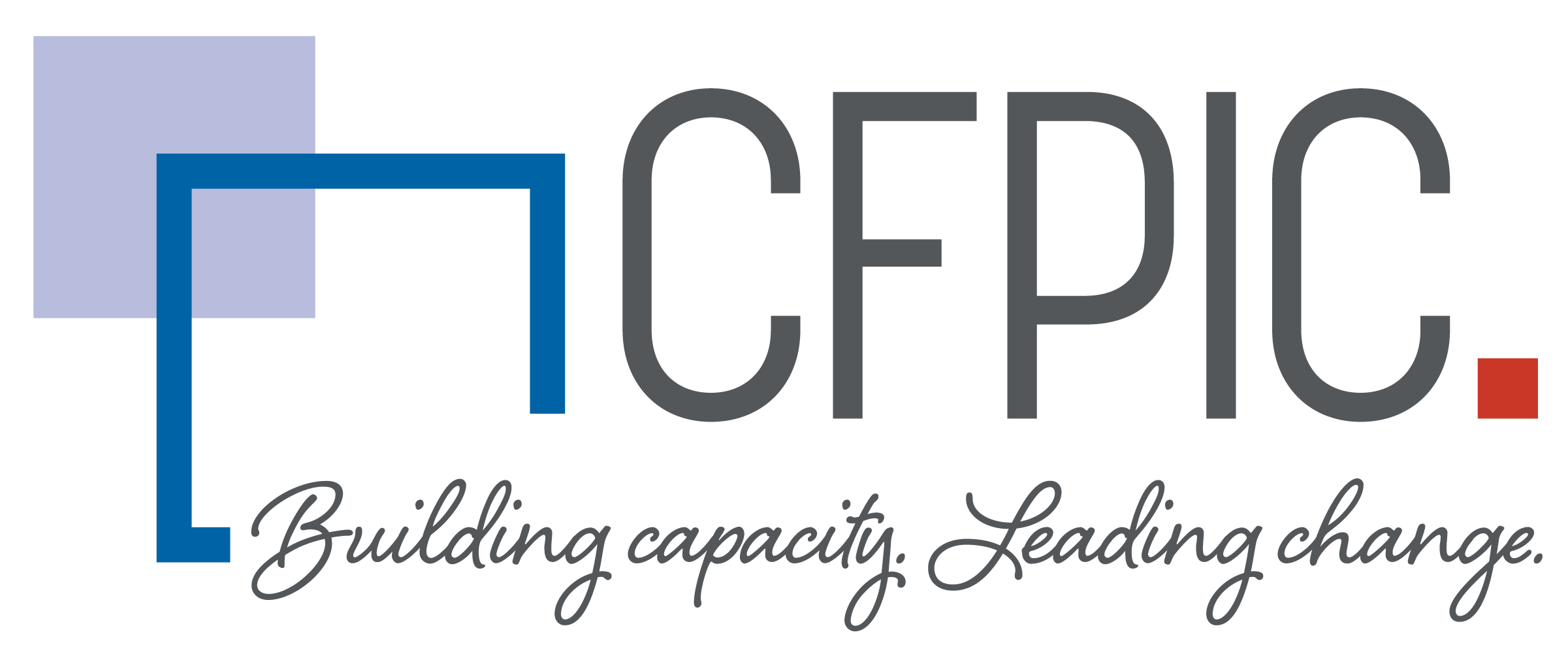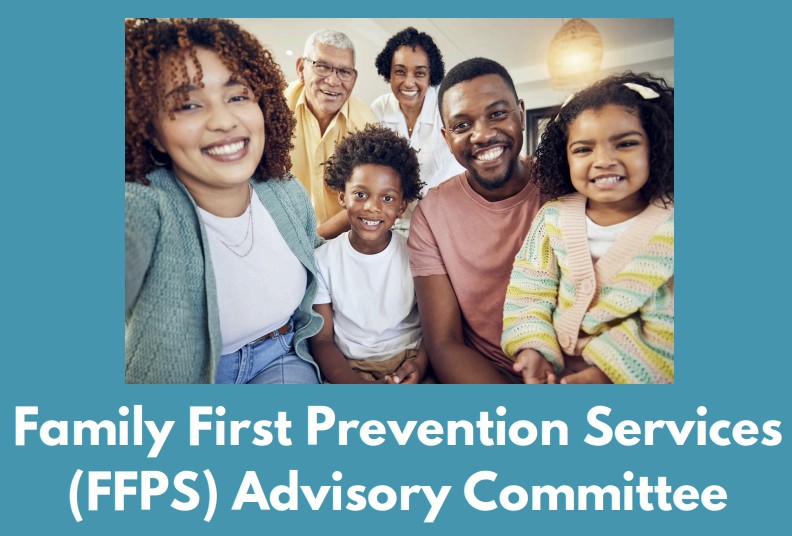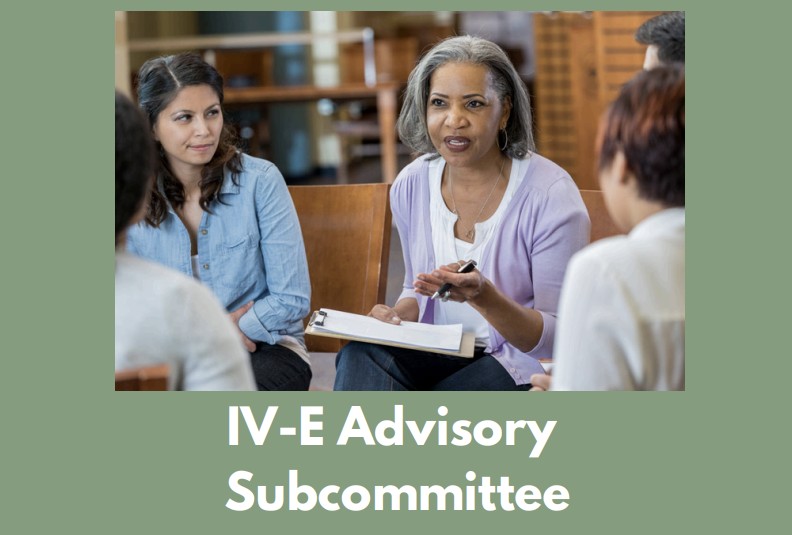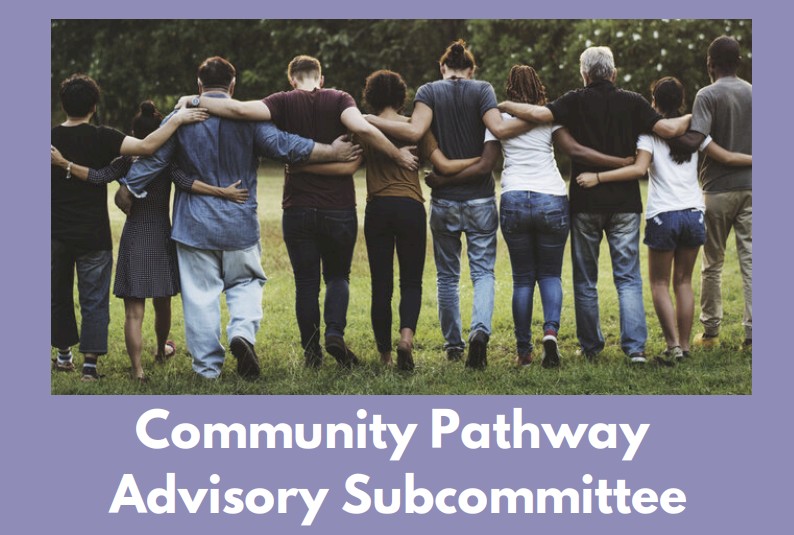The Family First Prevention Services (FFPS) Advisory Structure
CFPIC works with CDSS and others to build and sustain the FFPS Advisory Structure. The FFPS Advisory Committee and its subcommittees provides a forum for Title IV-E agencies (Child Welfare, Probation, and Tribes with a Title IV-E Agreement), Tribes, state government partners, community partners, people with lived experience, and other child-and-family serving partners to provide advisement to CDSS on administration of the FFPS Program and to support local Comprehensive Prevention Planning while scaling up successes and addressing challenges. Together we are working to achieve California’s vision of a community, family, and child well-being system that provides safe, stable, nurturing relationships and environments. Learn more about the FFPS Advisory Committees, its subcommittees, and how they are supporting achievement of this vision below.
FFPS Advisory Committee Membership
There are currently no vacancies on the FFPS or Community Pathway Advisory Committees. Please check back for future opportunities to join. If you would like to be considered when a position becomes available, you may submit an application at any time. Applications will be kept on file for one calendar year.
FFPS Advisory Committee
Within the implementation oversight structure, the FFPS Advisory Committee supports the use of ongoing feedback cycles between all of the FFPS Advisory subcommittees in an effort to analyze and strengthen implementation and program performance, to identify needed implementation changes, to ensure that data related to both Evidence-based Practice (EBP) model fidelity and child/family outcomes is utilized as a central mechanism for evaluation and improvement.
IV-E Advisory Subcommittee
The IV-E Advisory Subcommittee is a standing subcommittee of the FFPS Advisory Committee. The Subcommittee includes IV-E Agency representation (County Child Welfare, County Probation, and Tribes with a IV-E Agreement) and its role is to provide key information to the FFPS Advisory Committee and subcommittees regarding IV-E Agency implementation of the FFPS Program.
Training & Technical Assistance Subcommittee
The Training and TA Subcommittee is a standing subcommittee of the FFPS Advisory Committee and exchanges key information with the FFPS Advisory Committee and Community Pathway Advisory, IV-E Advisory, and CQI Subcommittees to inform statewide training and technical assistance needs, while deploying strategies to support the needs of IV-E agencies and community partners within the FFPS Program.
Community Pathway Advisory Subcommittee
The Community Pathway Advisory Committee is a standing advisory subcommittee of the FFPS Advisory Committee. Embedded within California’s FFPS governance and CQI (Continuous Quality Improvement) structure, it provides key information to the FFPS Advisory Committee based on implementing Community Pathways for prevention statewide.
Continuous Quality Improvement (CQI) Subcommittee
The purpose of the CQI Subcommittee is to leverage the experiences, expertise, and insight of key individuals and organizations to support the (1) assessment of current CQI capacity and CQI activities; (2) development of a comprehensive statewide FFPS CQI plan; and (3) the development of an implementation plan.




